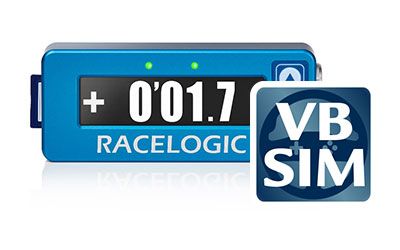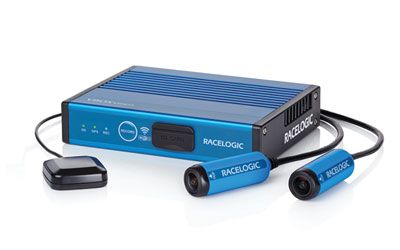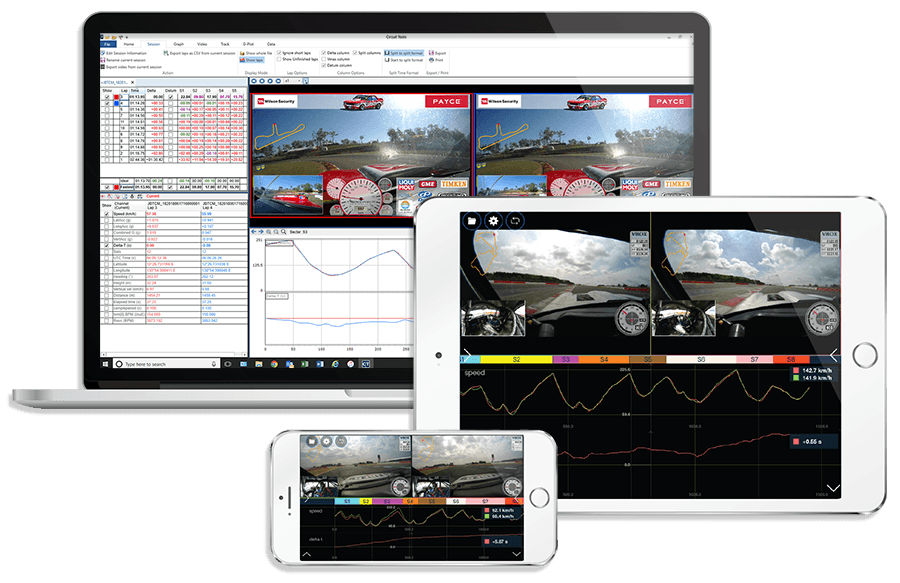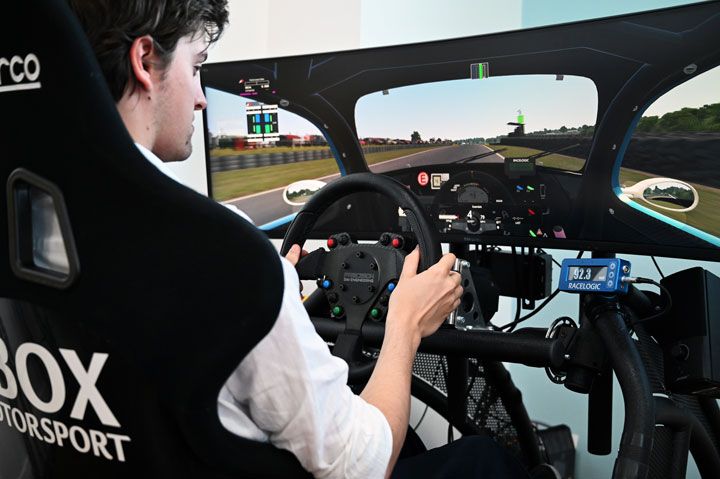
How VBOX Sim helped me create a more accurate car virtually
Assetto Corsa has a world of content to look through, and the best content takes a long time to make, but what if there was a way to speed up the process? Creating a virtual car has many challenges, pieces of the car need to come together to work seamlessly, just like a real car. For the car to be fun and exciting it shouldn’t feel disjointed, and if using sim racing to practice for reality then you want it to be as accurate as possible.
Tyres are a big part of how the car will handle in Assetto Corsa, they form a main part of the car dynamics along with suspension. Testing these takes a lot of time to make sure the car doesn’t do anything strange under different circumstances. One example of this I found in the model I started with the combined factor being defaulted to a value of 2 if the line wasn’t present in the tyres' data file. This made the tyres act much more like an arcade game, extending the tyre grip far beyond what it was stated to be, allowing me to brake artificially deep into corners. This became one of my starting points to bring the virtual model more in line with my race car. Some cars in Assetto Corsa have many extra data files, and some have data.acd (which can be unpacked using Content Manager). Each car has its own folder in the content/cars area; or alternatively, you can go straight to the folder by opening it from content manager.
Here’s why VBOX SIM is a tool you should use to help improve handling dynamics of a virtual car in Assetto Corsa, or other games:
Guessing will only get you so far with data, you can employ trial and error for a long time and not get any closer to what you want the car to feel like. Even if the car feels close to the real thing, it might not always be as close as you think. That’s why it’s important to check the real data, and then be able to compare your own data from the virtual car. You can test your car on the track and do hundreds of laps to get to a similar lap time, but is it fast in the same areas as the real car? This can’t really be known unless it is video recorded, even then it’s not the defining proof that it is behaving properly.
Recording data and video to look at from your own test sessions massively helps with this as well as being exciting, especially when it’s as easy as one click startup software running in the background. With .vbo files recorded on a VBOX Video HD2 and those using either VBOX Sim or VBOX Sim Pack it is possible to make direct comparisons in Circuit Tools.
This is where VBOX Sim really helps to cut down uncertainties and testing time. If you’re setting up the car to hit a certain figure for cornering forces, or have real data to compare to, VBOX Sim can pinpoint exactly how far your data is from that, allowing you to work towards those figures rather than continuously guessing and not making any progress.
Having data which is accurate, easy to read and easy to compare is important to help identify where the car handling is going wrong.
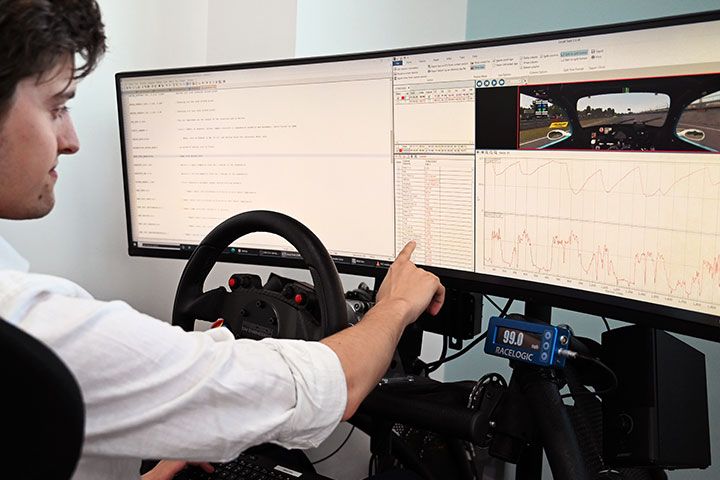
Looking at the Combined G trace (Combo-G channel) in Circuit Tools after recording the first few laps, I could see I was nowhere near the actual figures for the real car. The car felt good to drive, but it wasn’t true to the real car, balancing the feel but still having the forces be accurate to the real car was much easier with VBOX Sim because I had something to aim for.
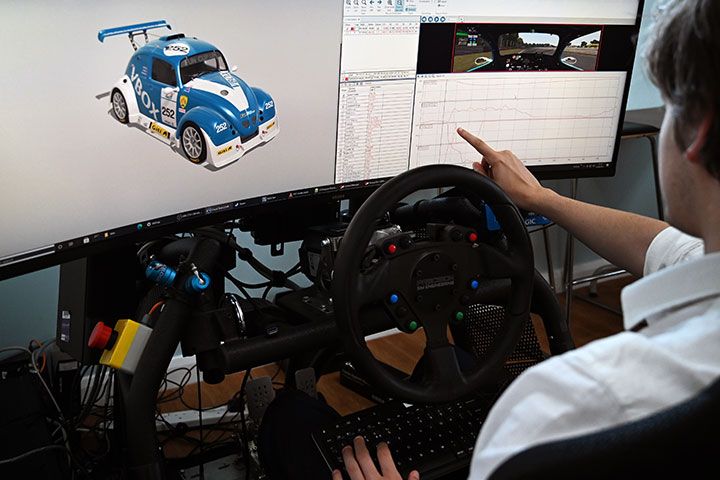
Looking at the speed traces for the virtual car versus the real car, I could see that the virtual car accelerated slightly slower but had a higher top speed, so adjusted the drag and power until it matched the real car. Matching the gear ratios this way can be of use for when a manufacturer hasn’t supplied that information.
Having data to compare side by side with the real car was a massive help to spot the differences between the cars and where they were occurring. This aided me to create a virtual model that more accurately represented what I race in a shorter time frame and with much less guess work. This model was then adopted by other FunCup racers and used in the virtual Championship we ran during the first COVID Lockdown.
More about the products:

